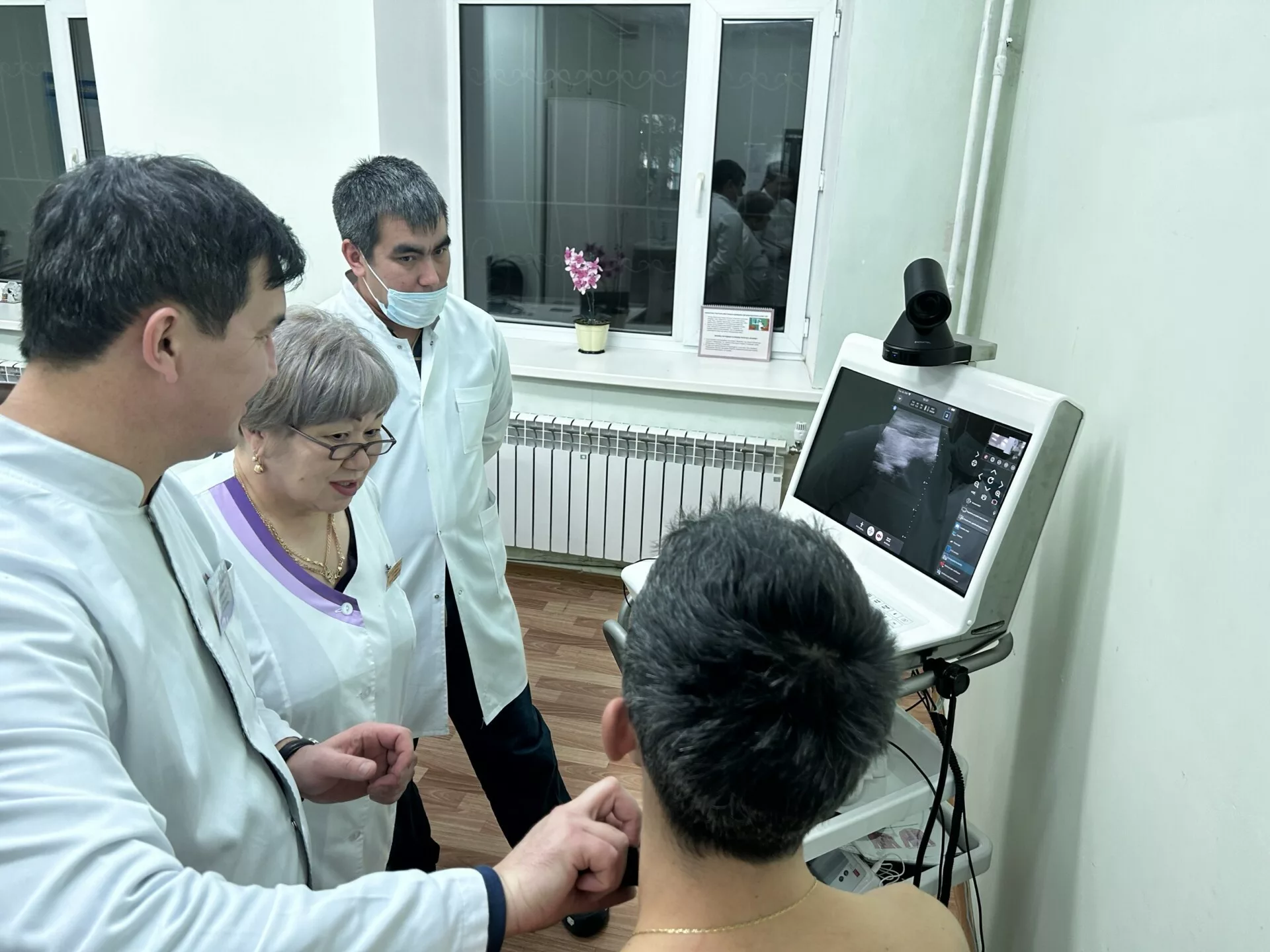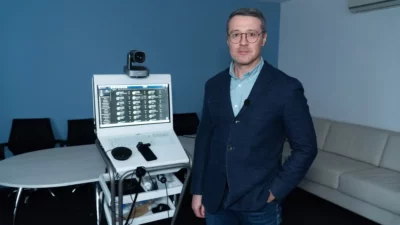On the patient side, it allows:
- To be able to talk to a doctor or specialist without having to travel for long distances, which can be made even more difficult by certain weather conditions or by the impossibility of being absent from home or work for too long
- To speed up diagnosis and the care pathway, by allowing patients to have an appointment much more quickly by facilitating access to doctors and specialists who will have availability
- To have access to a wider range of specialties, by offering appointments with a large number of specialists by optimizing schedules
On the doctor’s side, it allows:
- Increase the efficiency of the consultation by focusing on the diagnosis, while measurements and manipulations are carried out by a nurse on site with the patient
- Ensure continuity in the patient’s care pathway by sharing the patient file more easily, or even by exchanging securely with a colleague
- To be able to monitor “isolated” patients with chronic diseases more regularly
However, in order to be able to implement these solutions effectively, it is important that teleconsultations are handled as physical consultations by social security funds, mutual insurance companies and insurance companies, that they are based on an adapted organization of care, trained professionals and a secure infrastructure




